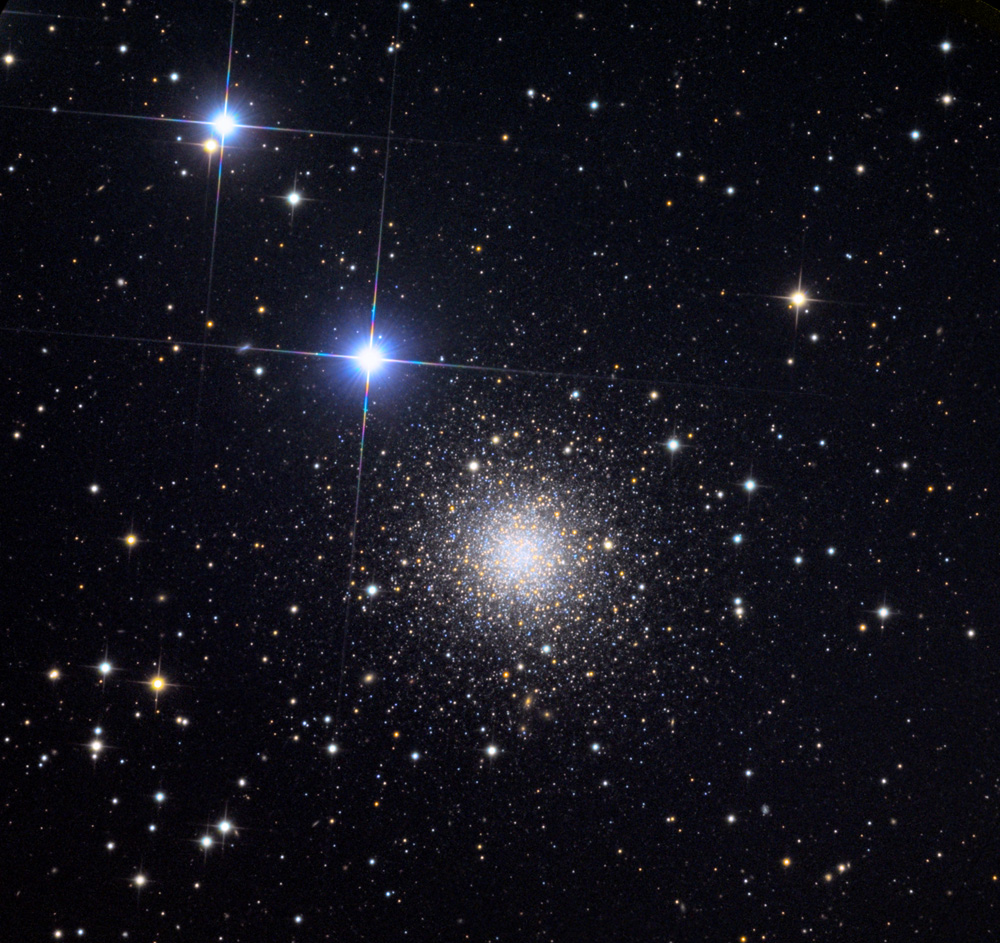
By IAU and Sky & Telescope magazine (Roger Sinnott & Rick Fienberg) [CC-BY-3.0], via Wikimedia Commons
"The Lynx"

By IAU and Sky & Telescope magazine (Roger Sinnott & Rick Fienberg) [CC-BY-3.0], via Wikimedia Commons
Abbreviation: Lyn
Genitive: Lyncis
Constellation family: Ursa Major
Nearest constellations: Auriga, Camelopardalis, Cancer,
Gemini, Leo, Leo Minor, and Ursa Major
Right ascension: 8.03h
Declination: 45.32°
Visible between latitudes: +90° and -35°
Square degrees: 545
Luminary: Alpha Lyncis
Named stars: Alsciaukat
Notable deep sky objects: NGC 2419
Lynx is a faint constellation in the Northern Hemisphere. It is best viewed in March.
Lynx was originally created by Johannes Hevelius in 1690. It appears as a bumpy line in the night sky and does not directly outline the shape of a lynx, which is a wild cat that lives in North America, Europe, and Asia.
There is no mythology associated with this constellation.
NGC 2683 ("UFO Galaxy", a spiral galaxy):

By ESA/Hubble & NASA [CC-BY-3.0], via Wikimedia Commons
NGC 2419 (globular cluster):

By Adam Block/Mount Lemmon SkyCenter/University of Arizona (Caelum Observatory) [CC-BY-SA-3.0], via Wikimedia Commons